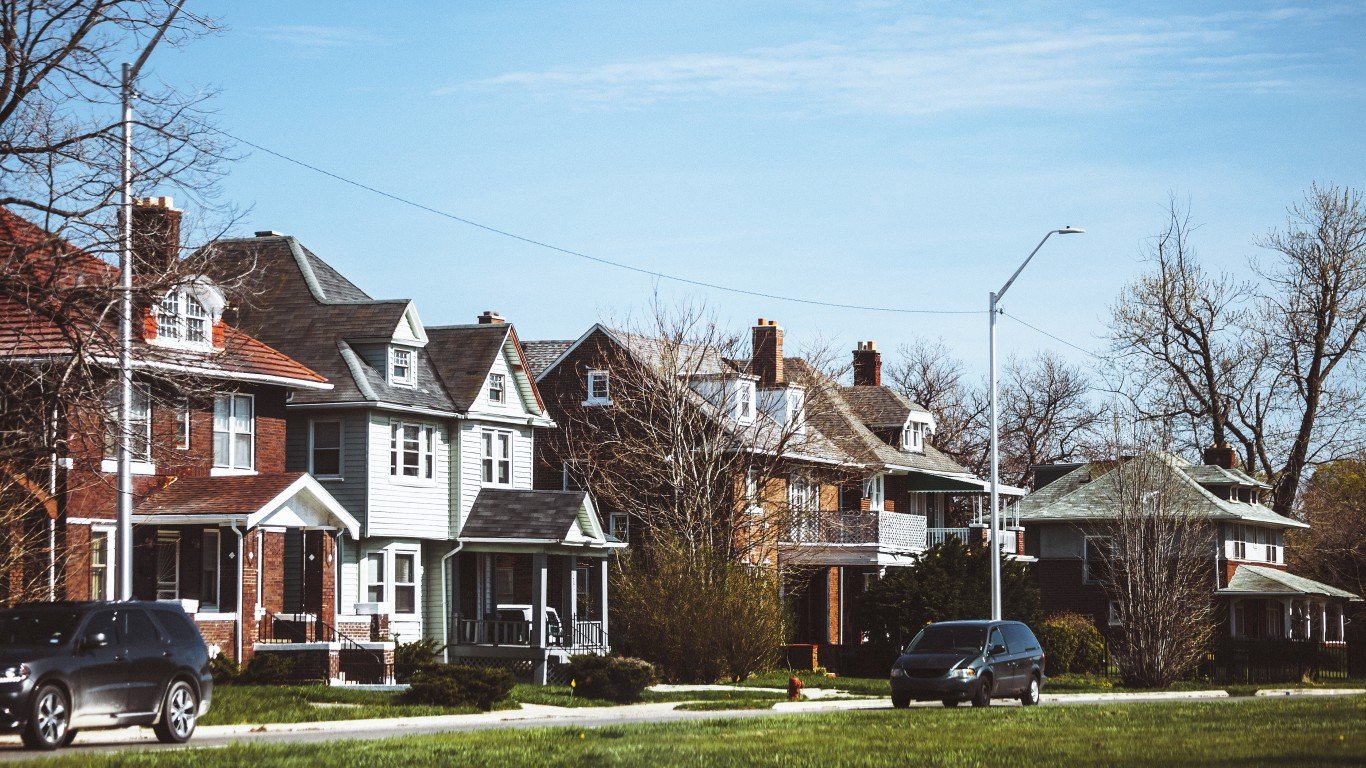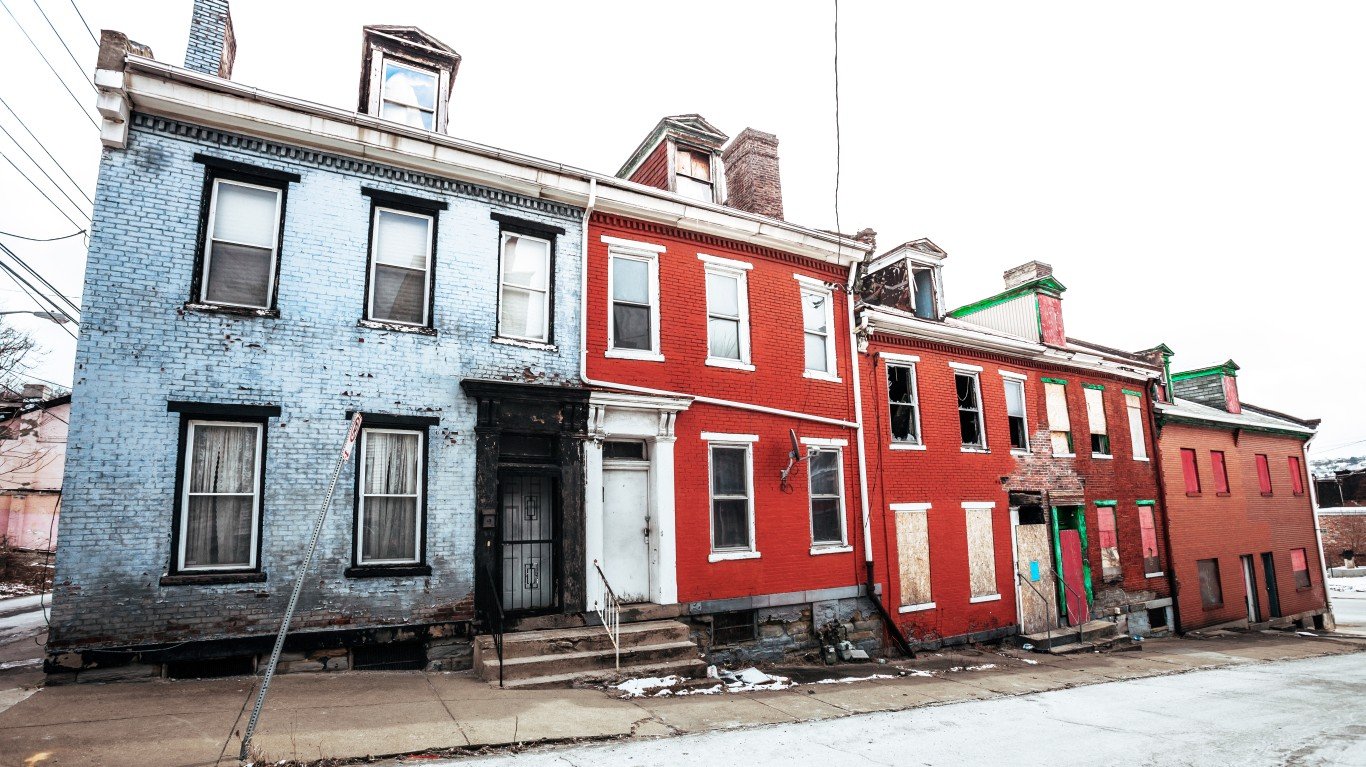 Looking back to early 2010, this is about the time of year many economists and real estate experts believed that the housing market would recover. GDP growth in the third quarter, they reasoned, would be at more 3% or 4% if the rebound was robust. Unemployment would begin to improve as a rising tide lifted all ships.
Looking back to early 2010, this is about the time of year many economists and real estate experts believed that the housing market would recover. GDP growth in the third quarter, they reasoned, would be at more 3% or 4% if the rebound was robust. Unemployment would begin to improve as a rising tide lifted all ships.
It has not turned out that way. Almost every major government and private sector report shows home values falling, home prices being cut, and the number of underwater mortgages rising from 11 million, which is over 20% of all home loans in the US.
RealtyTrac, which measures home value activity on a monthly basis, reports that foreclosures rose 4% in July compared with June. The firm defines foreclosures as “default notices, scheduled auctions and bank repossessions.” The July number was 325,229, which puts the pace for the year at nearly 4 million. That would be higher than the 2009 number. One in 397 homes were in the foreclosure process last month.“July marked the 17th consecutive month with a foreclosure activity total exceeding 300,000,” said James J. Saccacio, chief executive officer of RealtyTrac. “Declines in new default notices, which were down on a year-over-year basis for the sixth straight month in July, have been offset by near-record levels of bank repossessions, which increased on a year-over-year basis for the eighth straight month.”
Nevada, California, and Florida were the worst regions for foreclosures again. Home values are down by 70% in some of the cities in these states according to federal statistics and the areas with the most trouble are usually those with the highest unemployment rates in America.
The answer to the question about when the market will hit bottom is “not yet” and perhaps not for a year or more. There is still a buyer’s strike based on difficult access to bank credit despite historically low mortgage rates. Financial firms are still skittish about lending money against assets the value of which may still fall.
The federal government programs like HAMP have not helped many homeowners in trouble. Paperwork and a trend of those with modified mortgages to default again has badly undermined the program. The government’s other large weapon which was tax credits, expired at the end of April.
There is an economic theory that people will buy almost anything if the price is low enough. Home prices are not even near that level.
Research note: Foreclosure Activity by Type–
A total of 97,123 U.S. properties received default notices (NOD, LIS) in July, a 1 percent increase from the previous month but a 28 percent decrease from July 2009. Default notices in July were down 32 percent from their peak of 142,064 in April 2009.
Foreclosure auctions (NTS, NFS) were scheduled for the first time on a total of 135,248 U.S. properties in July, an increase of 2 percent from the previous month but a decrease of 2 percent from July 2009. Scheduled auctions in July were down 14 percent from their peak of 158,105 in March 2010.
Lenders foreclosed on 92,858 U.S. properties in July, a 9 percent increase from the previous month and a 6 percent increase from July 2009. July’s bank repossession (REO) total was the second highest monthly total since RealtyTrac began tracking REO activity in April 2005 and was 1 percent below the monthly REO activity peak of 93,777 in May 2010.
Douglas A. McIntyre
Take This Retirement Quiz To Get Matched With An Advisor Now (Sponsored)
Are you ready for retirement? Planning for retirement can be overwhelming, that’s why it could be a good idea to speak to a fiduciary financial advisor about your goals today.
Start by taking this retirement quiz right here from SmartAsset that will match you with up to 3 financial advisors that serve your area and beyond in 5 minutes. Smart Asset is now matching over 50,000 people a month.
Click here now to get started.
Thank you for reading! Have some feedback for us?
Contact the 24/7 Wall St. editorial team.



